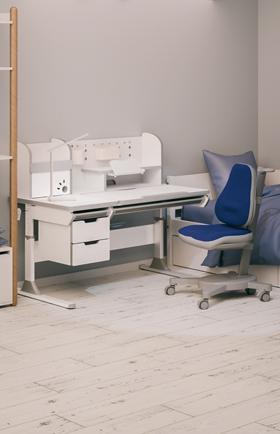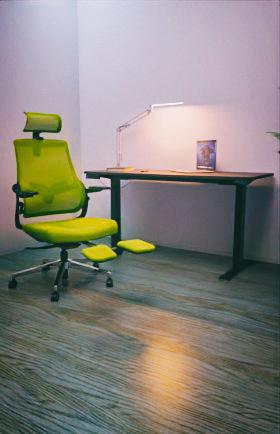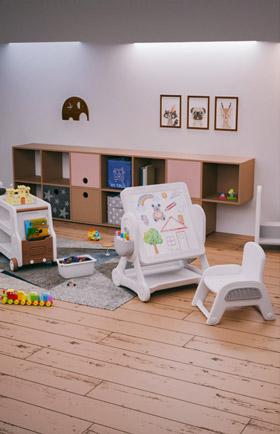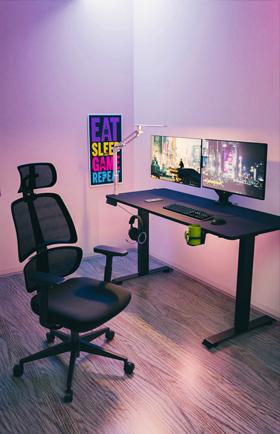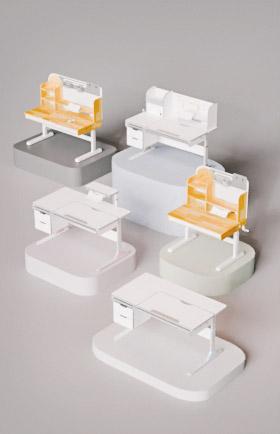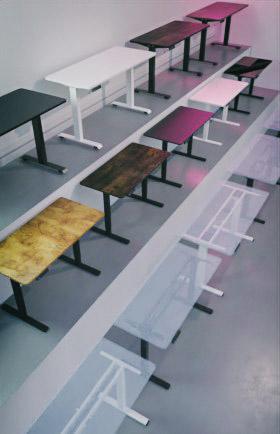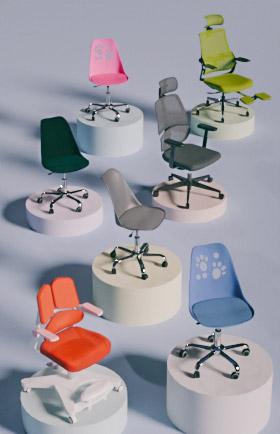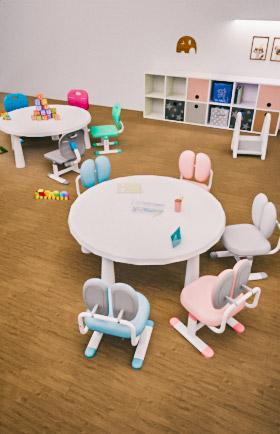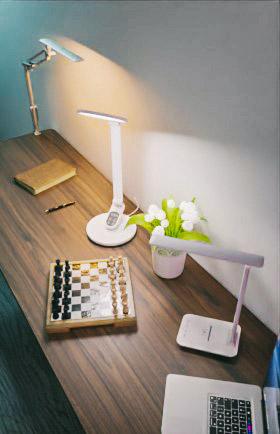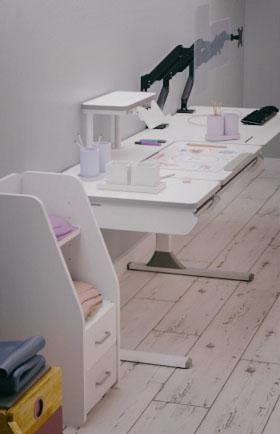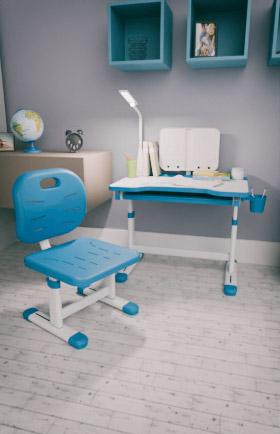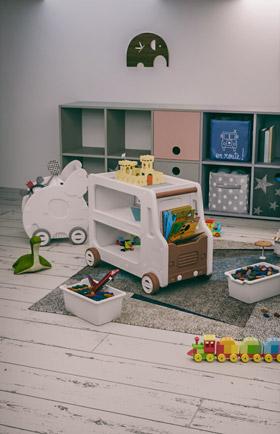A properly chosen study chair for children plays a key role in creating a comfortable and healthy learning environment. The chair should not only support the child's posture but also be comfortable for long periods of sitting during homework or creative activities. In this article, we will explore the most common questions about choosing children's study chairs and provide useful tips on how to make the right choice.
Children's study chairs: how to choose a comfortable and safe chair for a child
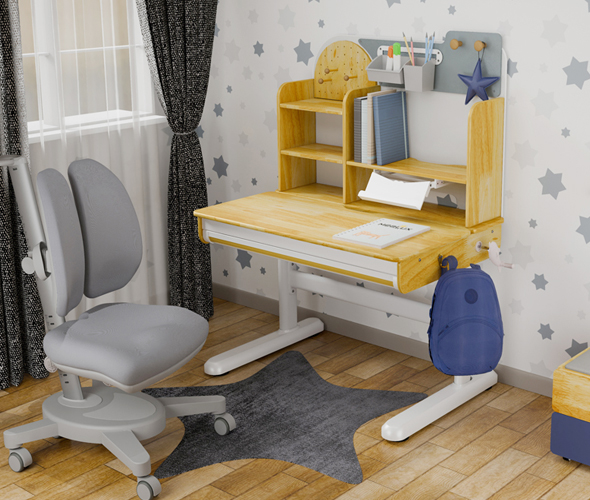
Children's study chairs differ from regular chairs in several important aspects that provide comfort and proper body support while sitting:
Ergonomic design: The chair should support the child's back and neck, reducing the strain on the spine. It is important that the backrest is curved and adjusts to the natural curve of the spine.
Height adjustment: It is crucial that the children's chair has the ability to adjust the seat height according to the child's growth. This ensures that the child's legs are positioned correctly, with feet flat on the floor or a footrest.
Rotation and mobility: Some models of children's chairs have wheels and the ability to rotate around their axis. This makes the chair more convenient for use in the learning process, allowing the child to easily change positions without getting up from the chair.
Materials: Quality children's study chairs are usually made from durable and safe materials. This may include a combination of metal, plastic, and fabric or leather upholstery that is easy to clean and provides a long service life.
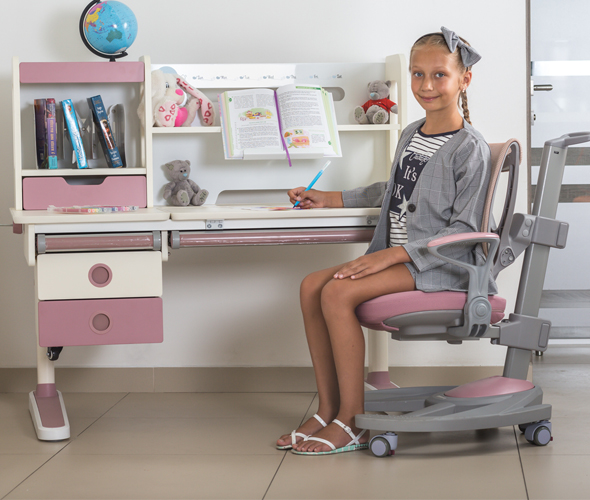
Choosing a children's chair depends on the child's age and height. Here are some recommendations for different age groups:
For children aged 4-7 years: At this age, it is important to choose a chair with a soft seat and backrest that help maintain proper posture. Chairs should be compact, height-adjustable, and have secure fixation. It is crucial that the child's feet touch the floor or a special footrest completely.
For children aged 7-12 years: In this age range, children start spending more time studying, so it is necessary to choose a chair with additional features, such as backrest tilt adjustment or armrests. The chair should adapt to the child's height and allow them to sit comfortably for extended periods.
For teenagers: Older children need chairs with more advanced adjustment options. Teenagers should be able to adjust not only the height but also the seat tilt to ensure the most comfortable position during studying or working at the computer.
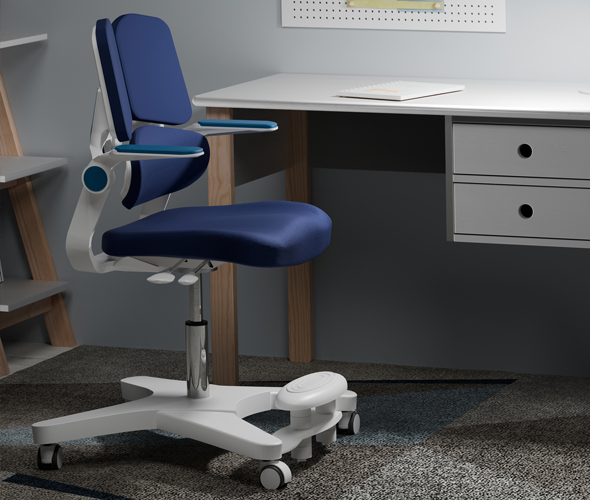
Proper posture is extremely important for a child's health, especially during long periods of sitting at a study desk. Here are a few reasons why attention should be given to the correct body position during studying:
Reduced strain on the spine: If a child sits in an improper posture, it can lead to spinal misalignment, especially during periods of active growth. A chair that supports proper posture helps avoid posture issues and back pain in the future.
Improved concentration: Comfortable seating promotes better focus. When a child is comfortable, they can concentrate on tasks without being distracted by discomfort or fatigue.
Prevention of fatigue: A chair that meets the child’s physiological needs helps avoid early fatigue during studying or completing homework. With proper support for the back and neck, a child can work for longer periods without harming their health.
Safety is one of the key aspects when choosing a children's chair for studying. Here are some tips to ensure safe usage:
Stability of the construction: The chair should be stable and not at risk of tipping over. This is especially important for models with wheels. Check that the wheels move easily but can be locked when needed.
Eco-friendly materials: Choose chairs made from environmentally friendly and safe materials. Fabrics, upholstery, and plastics should be hypoallergenic and not release harmful substances.
No sharp corners: The chair should be designed with safety in mind: no sharp corners that could pose a threat to the child. All parts should be rounded and well-finished.
Regular inspection: Check the chair for worn or damaged parts, especially if it is being used frequently. Ensure that all adjustment mechanisms are working properly, and that no parts are broken.
Children's study chairs are an important element of the learning space, influencing not only comfort but also the child's health. When choosing a chair, pay attention to ergonomics, adjustability, and age appropriateness. A chair that supports proper posture and provides comfort during extended sitting will help your child be more productive during studies and protect their health in the future.
Children's chairs in the catalog